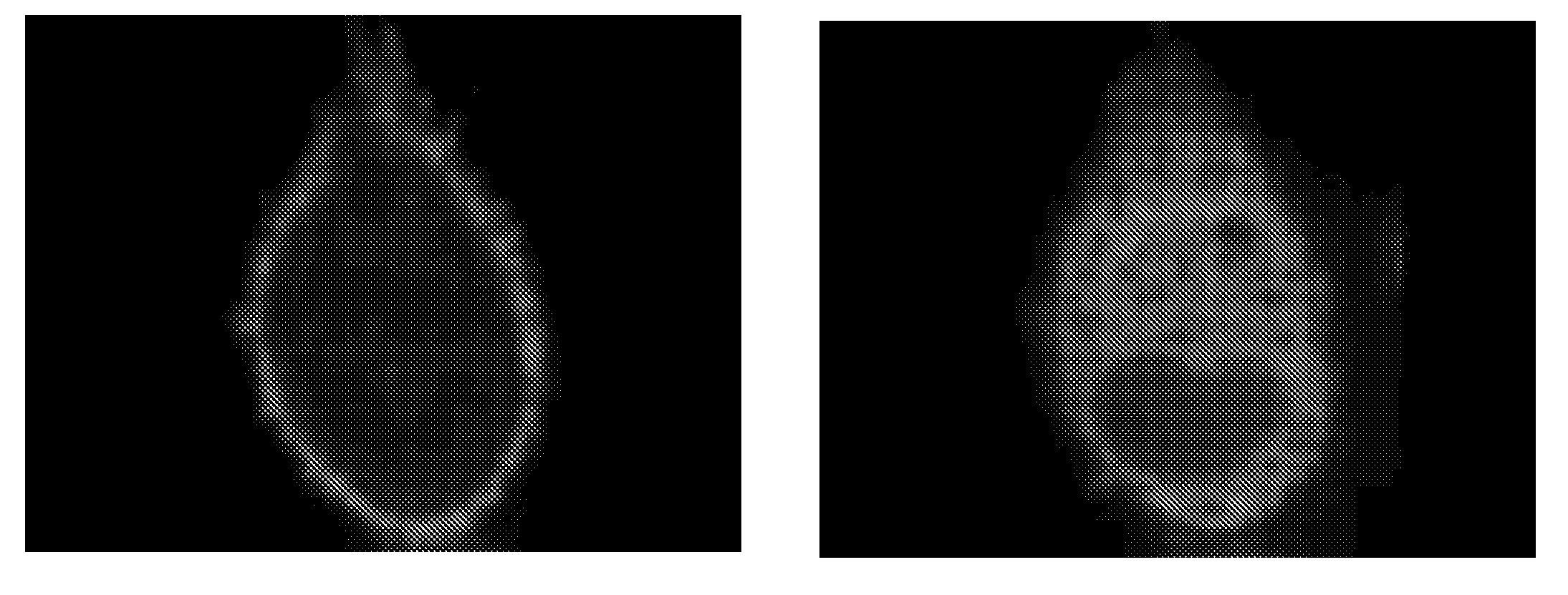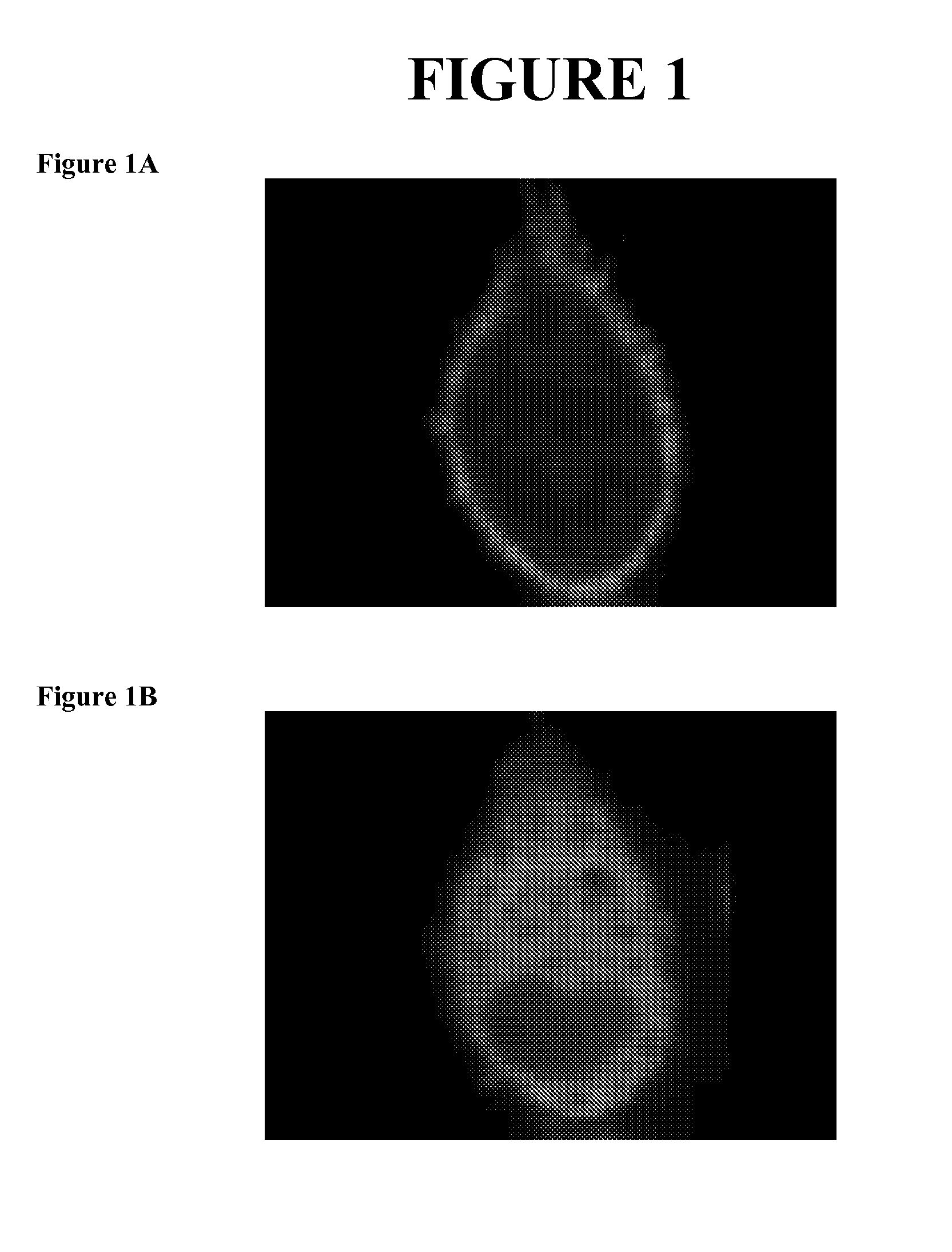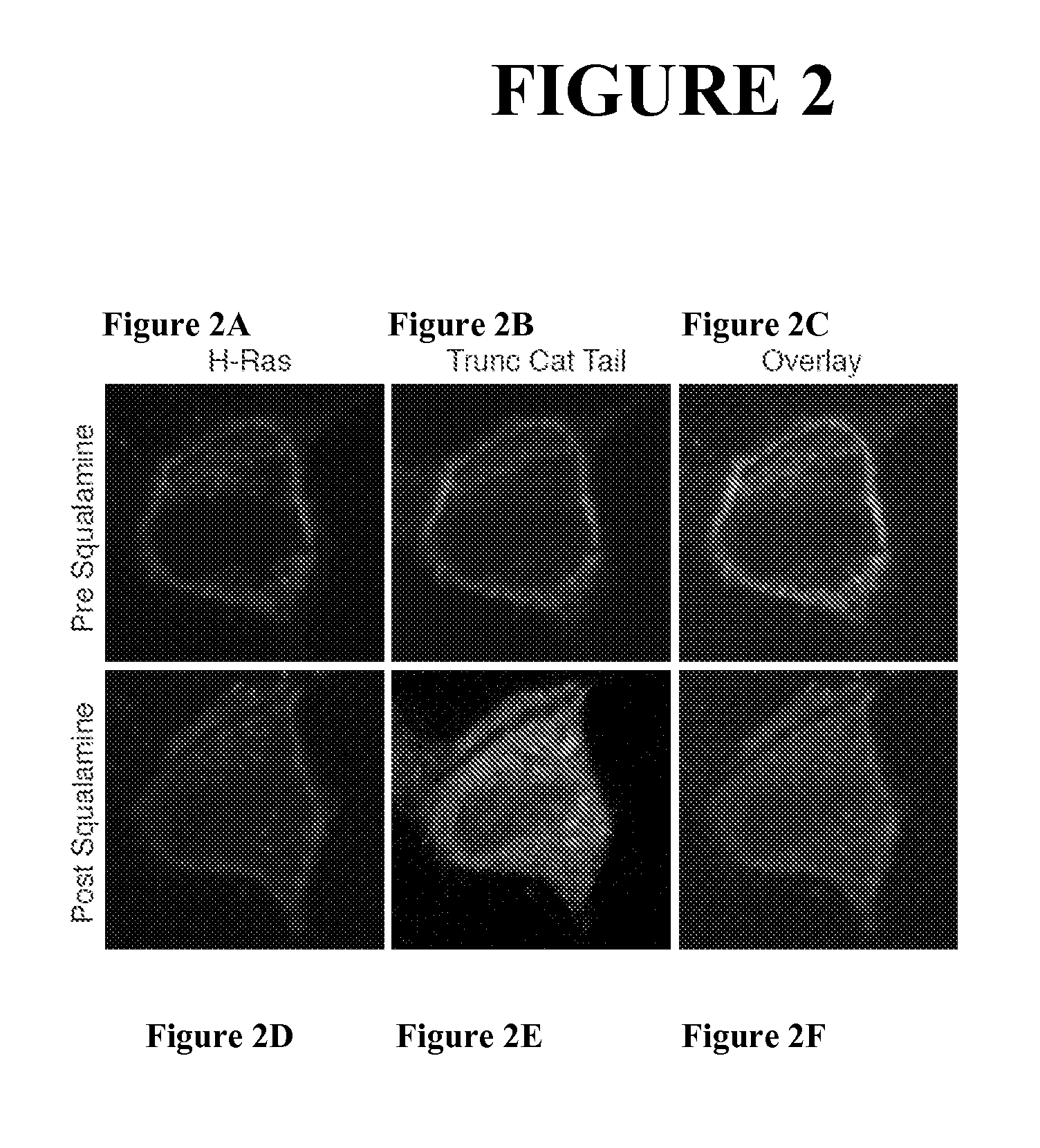Methods and compositions for treating and preventing viral infections
a technology of viral infection and composition, applied in the field of human and animal viral infection prevention and/or treatment, can solve the problems of no published data describe or support the efficacy of squalamine in treating, death of the targeted microorganism, and disturbance of their functional integrity, so as to prevent the oxidative or reductive metabolism of the steroid ring system, improve biodistribution, and facilitate administration
- Summary
- Abstract
- Description
- Claims
- Application Information
AI Technical Summary
Benefits of technology
Problems solved by technology
Method used
Image
Examples
example 1
[0189]This example demonstrates the capacity of squalamine to displace proteins associated with the inner surface of the plasma membrane through electrostatic interactions.
[0190]The basic methods utilized in this example are described in the published literature (Yeung, Terebiznik et al. 2006; Yeung, Gilbert et al. 2008). The methodology described in these published reports provide tools to measure the electrostatic potential of the inner surface of the cell membrane, that being the side faces the cytoplasm of a cell. The published method comprises introducing into a cell a fluorescent protein that contains a strong cationic (positively charged) region. This fluorescent protein, because of its strong positive charge will bind to negatively charged membranes, causing the membrane to “light up” as a consequence of the attachment to it of the fluorescent probe. Should the strong negative charge on the plasma membrane be lost, for example, due to hydrolysis of the phosphatidyl serine, t...
example 2
[0193]In this experiment, the results of which have been published (Yeung, Gilbert et al. 2008), the RAW264.7 cell line has been engineered to express a red tagged fluorescent protein (“Lact-C2”) that binds avidly to phosphatidylserine through forces that are not based solely on electrostatic potential. In addition the cell also expresses a green tagged fluorescent cationic fragment (“R-pre”), similar in sequence and design to the “Trunc Cat Tail” probe discussed above.
[0194]As seen in FIG. 3, before addition of squalamine, both probes are seen to be associated with the plasma membrane, as expected. In addition to its localization at the plasma membrane, the Lact-C2 probe can be seen decorating intracellular membranes as well, reflecting the sites within the cell that are rich in phosphatidylserine (Yeung, Gilbert et al. 2008). The restricted localization of R-pre to the plasma membrane reflects the highly cationic charge on R-pre (8 positive charges) and the fact that the cytoplasm...
example 3
[0197]This example determines whether squalamine is a substrate for the organic cation transporter (Oct). This determination employed a standard transport competition assay, described in the literature (Lips, Volk et al. 2005).
[0198]Chinese hamster ovary cells, previously engineered to over-express a specific human Oct transporter were used in the assay. In this example, the effect of a specific concentration of an aminosterol is determined on the intracellular uptake of radiolabelled 1-methyl-4-phenylpyridine (MPP) (at 0.01 μM), measured after a 1-second exposure. The extent to which the added compound inhibits the uptake is recorded (as % inhibition). IC50 refers to the concentration of squalamine or 1436 required to inhibit MPP uptake by 50%. Table 1 below describes the affinity of squalamine and Aminosterol 1436 for human organic cation transporters (Human Oct 1, Human Oct 2, and Human Oct 3) based upon the MPP uptake inhibition assay.
[0199]
TABLE 1Affinity of Squalamine and 1436...
PUM
| Property | Measurement | Unit |
|---|---|---|
| concentrations | aaaaa | aaaaa |
| concentrations | aaaaa | aaaaa |
| concentrations | aaaaa | aaaaa |
Abstract
Description
Claims
Application Information
 Login to View More
Login to View More - R&D
- Intellectual Property
- Life Sciences
- Materials
- Tech Scout
- Unparalleled Data Quality
- Higher Quality Content
- 60% Fewer Hallucinations
Browse by: Latest US Patents, China's latest patents, Technical Efficacy Thesaurus, Application Domain, Technology Topic, Popular Technical Reports.
© 2025 PatSnap. All rights reserved.Legal|Privacy policy|Modern Slavery Act Transparency Statement|Sitemap|About US| Contact US: help@patsnap.com



